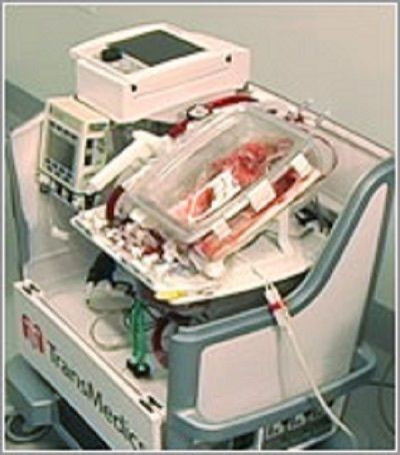New transport method keeps donated organ for transplant warm instead of cold

As more complicated organ transplant procedures are done in hospitals, the need to modernise the method of transporting harvested body parts become more apparent.
The new way changes the manner that the organs, such as the heart and lungs, are transported, particularly if the body part has to be airlifted and be transplanted to the recipient thousands of kilometres away from where it was harvested. The emphasis is now on keeping the organ warm instead of cold.
By maintaining the natural processes of an organ rather than slowing it down, it could hasten the body part’s return to service. At the same time, the new method brings with it the possibility of reducing the chronic shortage of organs for transplant since the pool of usable ones would be expanded, reports The Washington Post.
James Markmann, chief of the transplantation division of Massachusetts General Hospital, tried it on the liver transplant for patient Lloyd Matsumoto. The liver was harvested at Tufts Medical Center and transported 4 ½ hours. However, the liver was not packed in ice but kept alive in a device that maintained the organ’s temperature by perfusing it with oxygenated blood and monitoring its critical activity.
The trial used the Portable Perfusion and Monitoring system designed by Massachusetts-based TransMedics. It places the organ in a plastic box attached to a wheeled cart which could be removed to fit in a car or plane. During the trip, blood, nutrients and fluids were pumped through tubes into the organ.
Heaters warmed the blood, sensors monitored critical functions during the journey and relayed the information to doctors wirelessly on a control screen. Conditions, such as oxygen levels and vein pressures, could be changed by specialists through a panel. TransMedics first tested the system in Europe in 2006 and is waiting for approval for use in the US by the Food and Drug Administration.
The method work because the 71-year-old Matsumoto, a biology professor, is back home in Barrington, Rhode Island, recovering from the transplant done in April.
The lack of donor heart is worsened by too much damage on the organ when the blood supply is cut off and the body part is placed on organ for hours. A different heart-transport research, led by Dr Michael Dickinson, is studying if keep the heart warm during transport would boost the organ supply. Dickinson is a heart-failure cardiologist at Spectrum Health in Grand Rapids, Michigan.





















